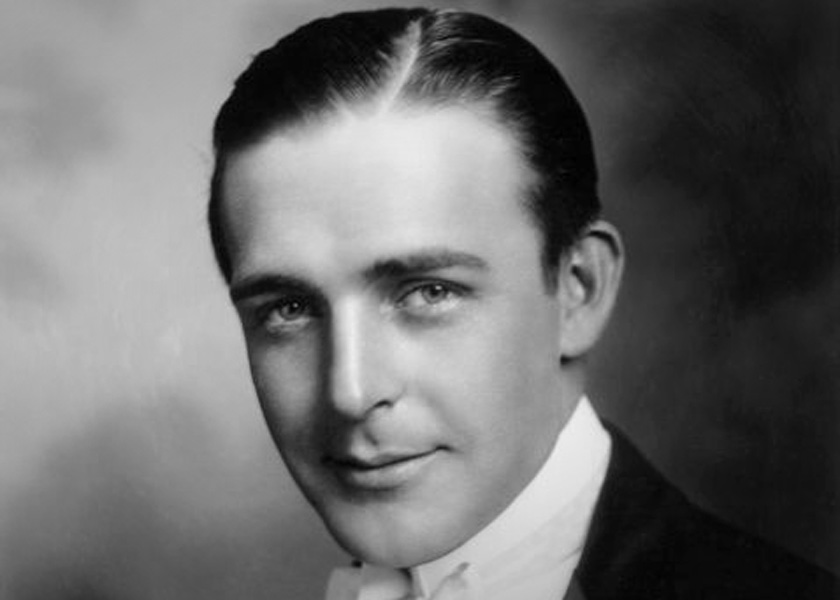By 1915, Wallace Reid, young and handsome, had been a performer for twenty years, making films for five of them. He began in the theater at age four, performing with his parents. During the one-reel period between 1910 and 1915, Reid wrote, directed and/or acted in dozens of short films. Sometimes he was writer and actor and his father Hal Reid directed, or Hal wrote the story and Wallace directed and acted in it.
Reid has small roles in D.W. Griffith's The Birth of a Nation (1915) and Intolerance (1916) and thereafter acted in feature films, but did not write or direct any of them. He signed with Lasky-Famous Players in 1915. Old Heidelberg was one of the few films he made outside that studio. In 1916, Jessie Lasky and Adolf Zukor, film producers, named their corporation Paramount Pictures, and Wallace Reid became one of the new studio’s first stars. He co-starred with opera singer and actress Geraldine Farrar in several dramas, including Carmen (1915) and Joan the Woman (1916), directed by Cecil B. DeMille. His energy and enthusiasm in a string of light-hearted comedies, including The Roaring Road (1919), The Affairs of Anatol (1921), costarring Gloria Swanson, The Dictator (1922), and Clarence (1922), gained him many fans.
Reid’s stardom was tragically short. He became addicted to morphine, prescribed to treat an injury; his attempts to break his addiction were unsuccessful. Late in 1922, his health declining, Reid entered a sanitarium where he died January 18, 1923, age 31 yrs.
Further Reading

